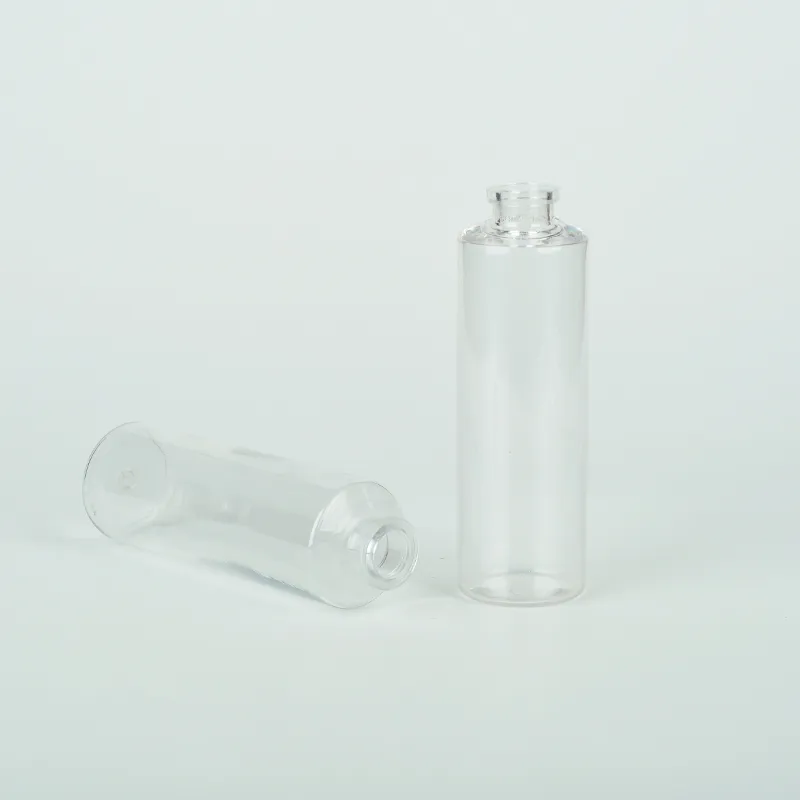freezing tubes
The Importance of Freezing Tubes in Modern Laboratories
In contemporary laboratories, the preservation and management of biological samples is crucial for research, diagnostics, and the development of new therapies. One of the most significant innovations in this field is the use of freezing tubes. These tubes are designed specifically for the safe storage of biological samples at sub-zero temperatures, ensuring their integrity over time. This article explores the importance of freezing tubes and their impact on scientific research.
Freezing tubes, often made from plastic or glass, come in various sizes and are used to store a plethora of materials, including cells, tissues, DNA, RNA, and other biological fluids. The primary advantage of using these tubes is their ability to withstand extreme freezing conditions, allowing scientists to preserve valuable samples for extended periods without degrading their quality. For researchers especially in fields like molecular biology, biochemistry, and pharmacology, the ability to maintain sample viability is paramount.
One of the defining features of high-quality freezing tubes is their ability to withstand temperature fluctuations. Laboratories frequently experience varying levels of temperature, and any sudden changes can compromise the samples stored within. Most high-quality freezing tubes are designed to withstand cryogenic temperatures, often down to -196°C, which is necessary for storing stem cells, embryonic cells, and other sensitive biological materials. Furthermore, these tubes are often equipped with screw caps or secure sealing mechanisms to prevent leakage and contamination, ensuring that the specimens remain uncontaminated and intact.
Cryopreservation is an integral process that relies on freezing tubes
. This technique involves cooling cells and biological materials to sub-zero temperatures, which slows down cellular metabolism and halts biochemical reactions. This effectively preserves the samples for future use, making it essential for long-term research projects and clinical applications. The ability to store samples reliably has allowed for advancements in areas such as regenerative medicine, cancer research, and the development of vaccines.freezing tubes

Moreover, the design of freezing tubes has evolved to enhance usability and efficiency. Many tubes now feature graduated markings for easy measurement and identification of samples, as well as color-coded caps for quick sorting. Additionally, some manufacturers produce tubes that are compatible with automated storage systems, further streamlining the process of sample management in high-throughput laboratories.
Safety is another compelling reason for using freezing tubes. In the context of biobanking, where biological specimens are stored for research and medical purposes, the risk of sample loss due to improper storage is a significant concern. Using well-manufactured freezing tubes minimizes this risk, protecting valuable research materials that could otherwise be lost due to accidents or equipment failures. Furthermore, the transparency of certain tubes aids in visual inspection, helping lab technicians assess the condition of stored samples without compromising their integrity.
Beyond scientific research, freezing tubes also play an essential role in clinical applications, including organ transplantation and fertility treatments. For example, oocytes, sperm, and embryos can be preserved for future IVF treatments, providing hope for many couples facing fertility challenges. In the context of organ donation, preserving tissues and organs at low temperatures ensures they remain viable for transplantation, ultimately saving lives.
In conclusion, freezing tubes are indispensable tools in modern laboratories, serving as a vital resource for the preservation of biological materials. Their design, functionality, and safety features are tailored to meet the demands of researchers and clinicians alike. As science continues to advance, the role of freezing tubes will only become more prominent, underscoring their significance in the ongoing pursuit of knowledge and medical innovation. The ability to reliably store and manage biological samples with freezing tubes not only enhances research capabilities but also contributes to the overall advancement of healthcare and medicine.
-
Aesthetic Makeup Spray Bottles | Fine Mist Empty RefillableNewsAug.19,2025
-
White Plastic Veterinary Vaccine Vials | Lab Liquid BottlesNewsAug.18,2025
-
Plastic Medicine Liquid Bottle: Secure Flip Top Drug VialsNewsAug.17,2025
-
Durable 250ml Blue Plastic Vaccine Vial for Lab & Vet UseNewsAug.16,2025
-
Sterile Virus Sample Tubes: Secure & Reliable Specimen CollectionNewsAug.15,2025
-
White 250ml Plastic Vaccine Vial for Lab & Vet MedicineNewsAug.14,2025
























